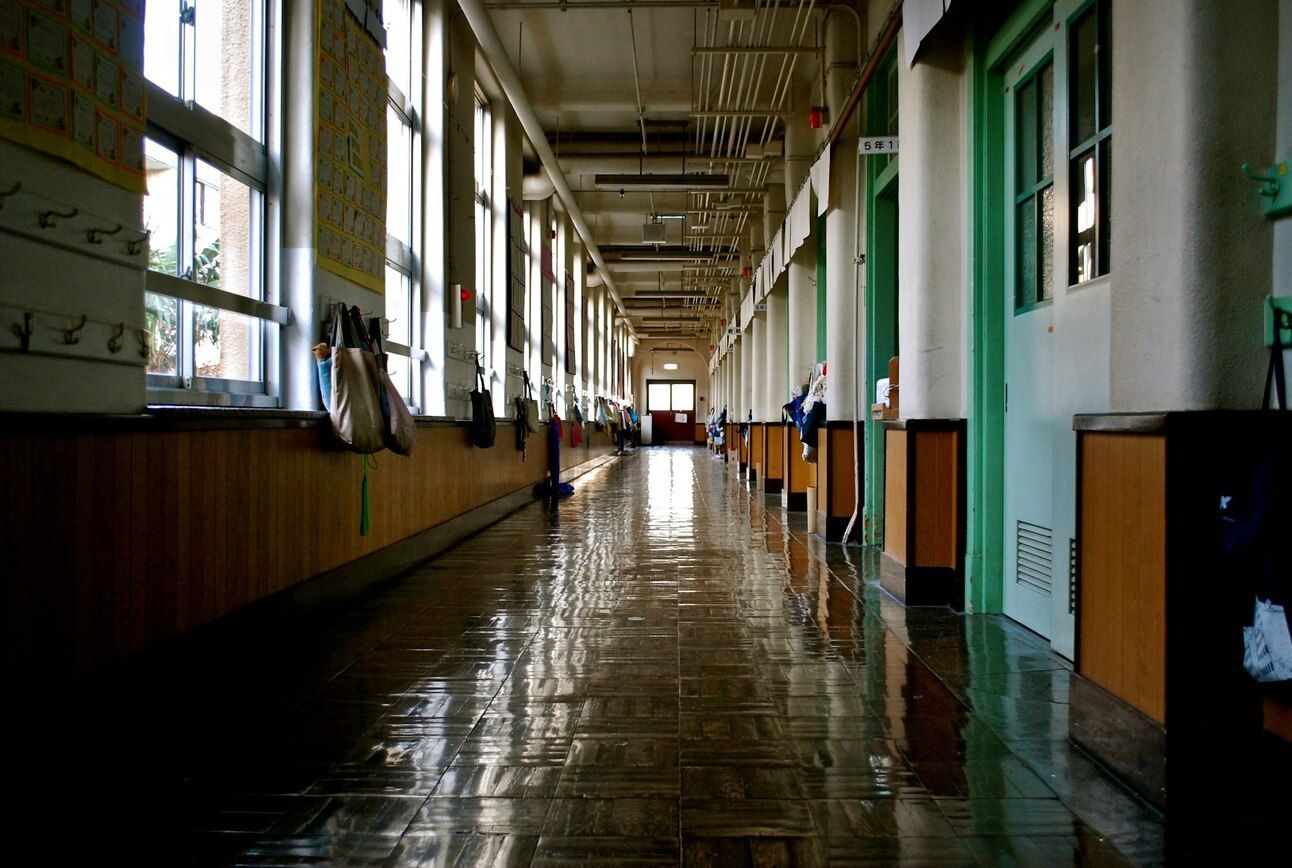By Joanna Button
What’s happening? Dozens of school districts in various states have implemented an “equitable grading” system in recent years. The new system aims to measure whether students understand the material “without [penalizing] behavior, which…can introduce bias.” It allows more leniency for deadlines, gives students multiple chances to finish tests and assignments, and doesn’t include attendance or extra credit in the grading scale.
Supporters: Proponents of equitable grading say allowing students to work at their own pace benefits those with learning disabilities or more responsibilities at home. They argue grading attendance is unfair to students who have unstable home lives. Some teachers say the leniency has decreased students’ stress and test anxiety by allowing them to allocate their time according to their needs.
Opponents: Other teachers noticed that under this system students did the bare minimum and stopped handing in homework and assignments. Because the grading scale focuses on end results—it weighs tests and final essays much more than homework and in-class discussions—teachers say students weren’t learning accountability, consistency, or discipline. Even honors students began skipping classes on days they didn’t have exams. “They’re relying on children having intrinsic motivation, and that is the furthest thing from the truth for this age group,” said one high-school teacher from Las Vegas.
The outcome: A pre-pandemic study showed that while equitable grading artificially decreased D and F grades, it also decreased the number of As students received. While teachers should consider the difficult home lives or learning disabilities of certain students and perhaps make accommodations for them where appropriate, overhauling the entire grading system to cater to those students disadvantages the rest of the class and incentivizes underachieving.


